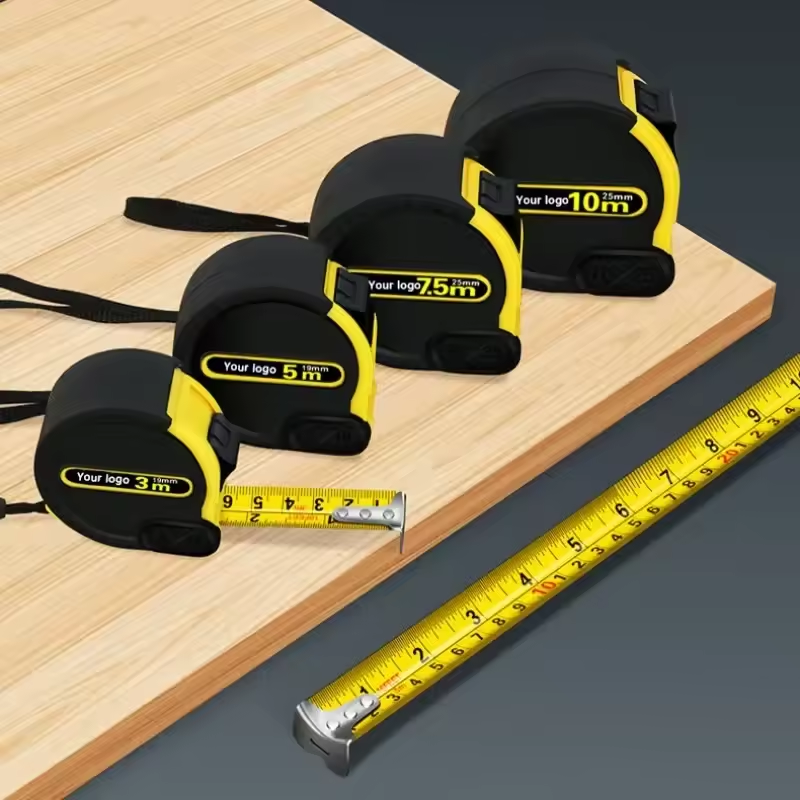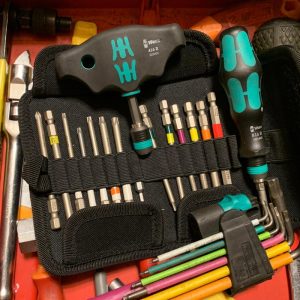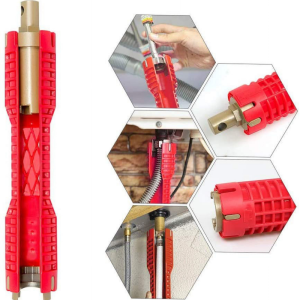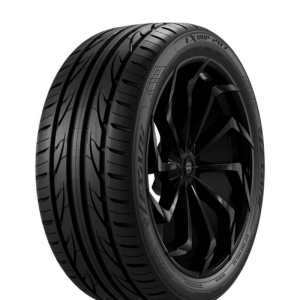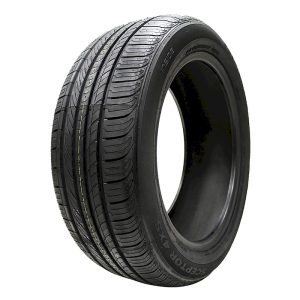
Tires are one of the most critical components of your vehicle, ensuring safety, performance, and fuel efficiency. However, like all parts, they wear down over time and need replacement. Knowing how often to get new tire is essential for maintaining your car’s overall condition and ensuring a smooth driving experience. This guide will help you understand the factors that affect tire lifespan, when to replace them, and how to choose the right tires for your vehicle.
1. Understanding Tire Lifespan
Several factors determine how long your tire will last, including the type of tire, driving habits, and road conditions. Generally, most tire last between 25,000 to 50,000 miles. However, this can vary depending on the brand and how well they are maintained.
Types of Tires
Different types of tires have varying lifespans. For instance:

- All-season tires: These are designed for a balance of comfort and longevity, often lasting between 40,000 to 70,000 miles.
- Performance tires: Built for speed and precision, these tire usually wear out faster, with a lifespan closer to 20,000 to 40,000 miles.
- Off-road tires: Tire used for rugged terrain typically wear down quicker than those meant for smooth roads, requiring more frequent replacement.
Your driving habits and how you treat your tire will play a significant role in how often you’ll need to replace them.
2. Factors That Affect Tire Wear
The frequency with which you’ll need to replace your tires depends on several factors, including:
Driving Conditions
- City driving: If you frequently drive in stop-and-go traffic, your tire will wear down faster due to constant braking and acceleration.
- Highway driving: Tire used for longer, consistent trips tend to last longer because there’s less stress on the tire.
- Off-road driving: Rough terrains can wear tire down more quickly due to exposure to rocks, mud, and uneven surfaces.
Driving Habits
- Speeding: Driving at high speeds generates more heat, which can increase tire wear.
- Aggressive driving: Hard braking and fast acceleration can quickly wear down tire treads.
- Overloading: Carrying more weight than your tires are rated for will put additional strain on them, reducing their lifespan.
Tire Maintenance
Proper tire care can extend the lifespan of your tire. Regular maintenance practices, such as rotating your tires, checking air pressure, and ensuring alignment, can make a big difference.
3. Signs It’s Time to Get New Tires
Even if you’re diligent about tire maintenance, there will come a time when replacement is necessary. Here are the most common signs that indicate you need new tire:
1. Tread Wear
Tread depth is one of the easiest ways to determine if it’s time for new tire. In the United States, the legal limit for tread depth is 2/32 of an inch. However, many experts recommend replacing tire when the tread reaches 4/32 of an inch for optimal safety.
You can use the penny test to check your tread depth:
- Insert a penny into the tread grooves with Lincoln’s head facing down.
- If you can see the top of Lincoln’s head, your tread is below 2/32 of an inch, and it’s time to replace the tire.
2. Cracks or Bulges
Over time, tires can develop cracks or bulges in the sidewalls due to age or improper use. These imperfections can lead to blowouts and must be addressed immediately.

3. Vibration While Driving
If your vehicle vibrates while driving, especially at higher speeds, it could indicate tire imbalance or misalignment. This can lead to uneven wear, and if not addressed, new tire may be needed sooner than expected.
4. Age of Tires
Even if your tire appear in good condition, manufacturers recommend replacing them every six to ten years, regardless of mileage. Rubber degrades over time, and older tire are more prone to failure.
4. How to Extend the Life of Your Tires
While it’s inevitable that you’ll need to replace your tire eventually, you can take steps to extend their lifespan and maximize your investment.
Rotate Tires Regularly
Tire rotation involves switching the position of each tire, ensuring even wear across all four. Most manufacturers recommend rotating your tires every 5,000 to 7,500 miles or during every oil change.
Keep Tires Properly Inflated
Underinflated or overinflated tire can lead to premature wear and affect fuel efficiency. It’s important to check your tire pressure at least once a month and before long trips. Use a tire gauge to ensure your tires are inflated to the manufacturer’s recommended pressure, usually found in your vehicle’s manual or on the driver’s side door.
Maintain Proper Alignment
Improper wheel alignment can cause your tire to wear unevenly, shortening their lifespan. If you notice your vehicle pulling to one side or your steering wheel is off-center, it may be time for an alignment check.
Avoid Overloading
Carrying excessive weight in your vehicle can put additional stress on your tires. Check your car’s manual for its maximum load capacity and avoid exceeding it to prolong the life of your tire.
Drive Gently
Aggressive driving habits, such as hard braking and quick acceleration, can cause tire to wear down faster. Smooth, gradual movements will not only improve fuel efficiency but also extend your tires’ lifespan.
5. Choosing the Right Tires for Your Vehicle
When it’s time to replace your tire, choosing the right type is essential for ensuring safety, performance, and longevity. Consider the following factors when selecting new tire:
Tire Size
Always choose tire that match the specifications listed in your vehicle’s manual. Using the wrong size can affect handling and wear down your tire faster.
Seasonal vs. All-Season Tires
If you live in an area with extreme weather conditions, consider purchasing seasonal tire:
- Winter tires: Designed to handle snow, ice, and cold temperatures, offering better traction during winter months.
- Summer tires: Provide optimal performance in warm conditions but are not suitable for cold, icy roads.
- All-season tires: A versatile option that performs well in most weather conditions but may not offer the same level of performance as specialized tire.
Brand Reputation
Invest in high-quality tire from reputable manufacturers. While they may be more expensive upfront, well-made tires last longer and provide better performance, saving you money in the long run.
Performance Ratings
Check the tire’s UTQG rating (Uniform Tire Quality Grading), which measures tread wear, traction, and temperature resistance. This will help you choose a tire that fits your driving habits and conditions.
6. When to Replace All Four Tires
In some cases, you may only need to replace one or two tire, especially if they have uneven wear due to misalignment or lack of rotation. However, there are situations when it’s best to replace all four tires:

- All-wheel drive (AWD) vehicles: It’s often recommended to replace all four tire at once to ensure even wear and prevent damage to the AWD system.
- Tread wear: If your tire have significantly different tread depths, it can affect handling and safety, particularly in wet or slippery conditions.
- Aging tires: Even if some tire appear to have good tread left, replacing all four may be necessary if they are nearing the end of their lifespan (6 to 10 years).
7. The Cost of New Tires
The cost of new tires varies depending on the brand, size, and type of tire. On average, new tire can cost between $100 to $300 per tire. While this may seem like a significant investment, remember that high-quality tire last longer and provide better safety and performance.
If you’re on a budget, consider purchasing from reputable online retailers or taking advantage of seasonal sales. Additionally, some retailers offer free installation, tire balancing, and disposal of old tire, which can save you money in the long run.
Conclusion
Knowing how often to get new tires is crucial for ensuring the safety and performance of your vehicle. Regular maintenance, such as tire rotation, proper inflation, and alignment checks, can help extend the life of your tire. However, when the time comes to replace them, understanding the signs of wear and choosing the right tire will make a significant difference in your driving experience. Don’t wait until it’s too late—stay proactive about your tire care to keep your vehicle running smoothly and safely.
